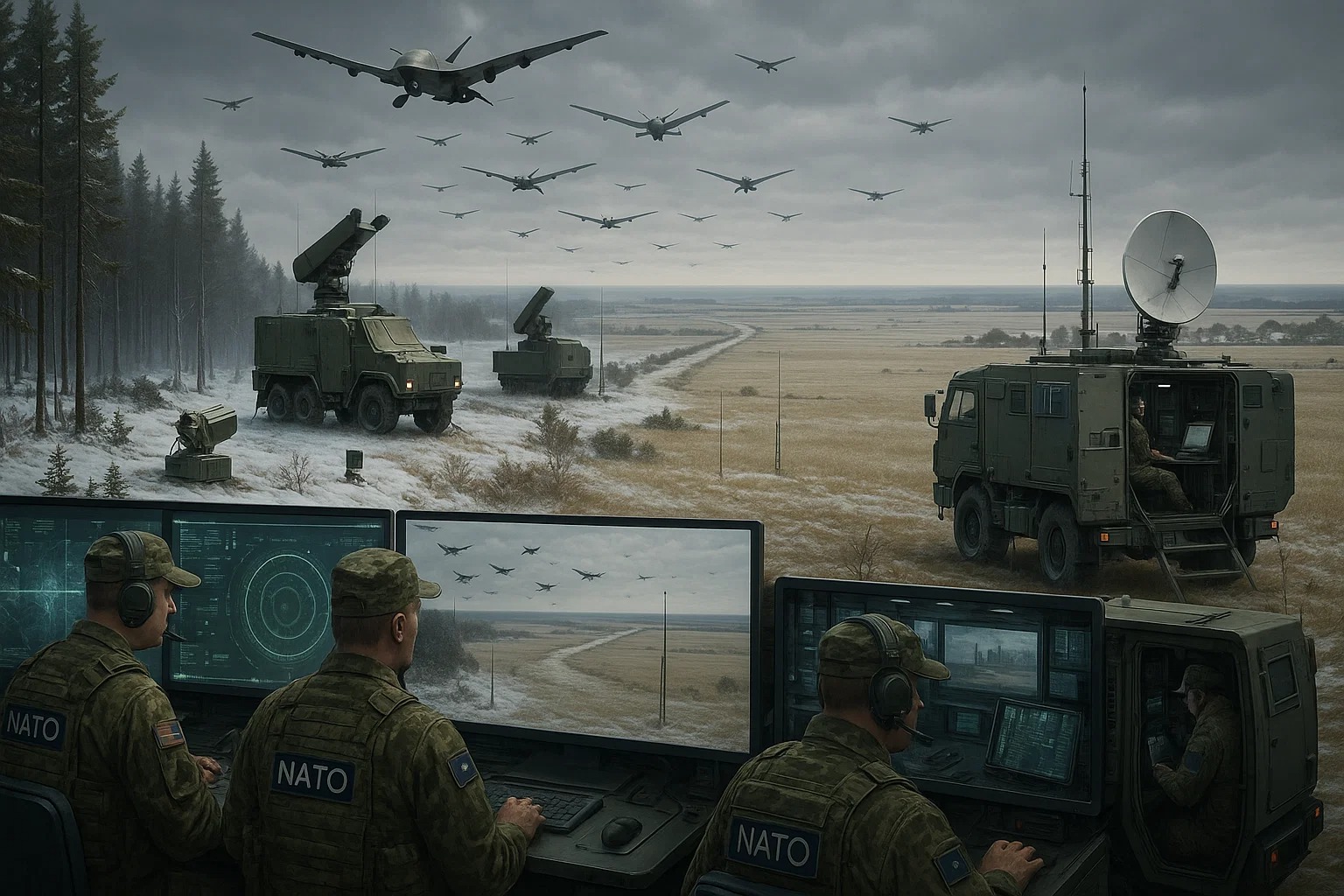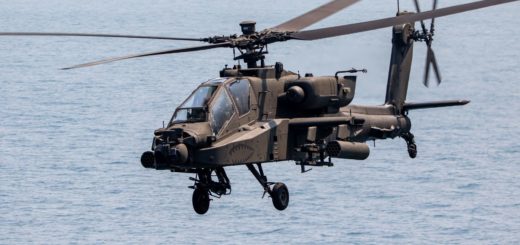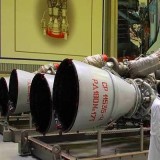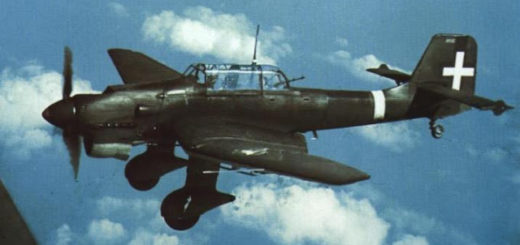NATO Moves Forward with Deployment of Drone Wall on Eastern Flank to Counter Russia

{loadposition bannertop}
{loadposition sidebarpub}
In an article published on April 23, 2025, Newsweek reported on the progress of a large-scale defense initiative taking shape along NATO’s eastern border. Called the “Drone Wall,” this project envisions a continuous network of surveillance drones and counter-drone systems stretching from Norway to Poland—nearly 3,000 kilometers across the Alliance’s eastern flank. In response to Russia’s military aggression in Ukraine and the growing threat of hybrid warfare in the region, this initiative stands as one of the most ambitious and expensive security projects ever considered in Europe.
Follow Army Recognition on Google News at this link
The Drone Wall is designed as a fully operational system, structured in layers that include AI-powered reconnaissance drones, ground-based sensors, mobile counter-drone platforms, and satellite surveillance (Picture source: Editing Army Recognition Group)
Led by Germany and supported by six NATO member states—Estonia, Latvia, Lithuania, Finland, Poland, and Norway—the Drone Wall goes beyond a symbolic gesture. It is designed as a fully operational system, structured in layers that include AI-powered reconnaissance drones, ground-based sensors, mobile counter-drone platforms, and satellite surveillance. Its objective is to detect and neutralize threats in real time, whether drone incursions, GPS jamming, or clandestine cross-border activities, while providing NATO forces with timely and accurate intelligence across its most vulnerable areas.
According to Martin Karkour, Chief Sales Officer at Quantum Systems—one of the main German companies involved—“This is not a symbolic wall. This is a real one.” He added that the technology is already available and that the project now depends on political coordination at the EU or NATO level to move forward. Quantum Systems currently manufactures several hundred drones per month, including the Vector and Trinity Pro models, both optimized for long-duration surveillance missions in complex environments.
Germany’s new chancellor, Friedrich Merz, has made defense a national priority, lifting restrictions on military spending and offering strong support to domestic defense firms. This strategic shift reflects a broader trend across Europe, as countries seek to strengthen their strategic autonomy amid growing uncertainty over U.S. security commitments, particularly following the return of Donald Trump to the White House and his continued pressure on NATO members to increase their defense budgets.
The Baltic states, situated on the front line with Russia, are playing a key role in the early phases of the project. In Estonia, the initiative is coordinated through the Estonian Defence Industry Cluster, which brings together several local defense technology firms. Among them, DefSecIntel Solutions has developed the Erishield system—a multi-layered solution that integrates AI, advanced sensors, and mobile counter-drone units to detect and neutralize hostile UAVs. Estonia has allocated €12 million over three years to support the project. Other companies such as Rantelon, Marduk Technologies, and Hevi Optronics are also contributing, aiming to provide full situational awareness along NATO’s eastern border, including the detection of smuggling attempts and hostile aerial surveillance or sabotage operations.
Lithuanian Minister of the Interior Agnė Bilotaitė described the Drone Wall as a “new form of border defense,” stating that it will help protect against provocations by unfriendly countries. Finland and Norway are also engaged, particularly on the northern segments of the frontier, where harsh weather conditions require highly resilient technological solutions.
Work has already started in Poland under the Shield-East program, which includes the construction of 700 kilometers of fortified surveillance infrastructure. This section is among the first concrete steps of the broader project, pending further political decisions at the NATO level to expand and harmonize the overall system.
Often referred to as the “world’s most expensive technological wall,” the project is seen as a major response to the evolving nature of military threats, where drones, electronic interference, and hybrid operations increasingly shape the security landscape. For those leading the Drone Wall initiative, the goal is not only to reinforce NATO’s defensive posture but also to showcase Europe’s capacity to develop and deploy integrated, sovereign technological solutions.
The Drone Wall represents far more than a reaction to the war in Ukraine. It reflects a profound strategic shift in European defense doctrines, combining technological innovation, multinational coordination, and a renewed emphasis on strategic autonomy in the face of an adversary that continues to exploit the gray zones of modern conflict. Complementing this aerial and digital approach, more traditional fortification measures are also being implemented: the Baltic states have announced the construction of over 1,000 concrete bunkers, along with trenches, anti-tank barriers, minefields, and ammunition depots along their borders with Russia and Belarus. Known as the Baltic Defense Line, this initiative aims to reinforce the technological dimension of the Drone Wall with a robust ground-based defensive layer. Together, these systems could reshape the long-term security architecture of NATO’s eastern frontier.

{loadposition bannertop}
{loadposition sidebarpub}
In an article published on April 23, 2025, Newsweek reported on the progress of a large-scale defense initiative taking shape along NATO’s eastern border. Called the “Drone Wall,” this project envisions a continuous network of surveillance drones and counter-drone systems stretching from Norway to Poland—nearly 3,000 kilometers across the Alliance’s eastern flank. In response to Russia’s military aggression in Ukraine and the growing threat of hybrid warfare in the region, this initiative stands as one of the most ambitious and expensive security projects ever considered in Europe.
The Drone Wall is designed as a fully operational system, structured in layers that include AI-powered reconnaissance drones, ground-based sensors, mobile counter-drone platforms, and satellite surveillance (Picture source: Editing Army Recognition Group)
Led by Germany and supported by six NATO member states—Estonia, Latvia, Lithuania, Finland, Poland, and Norway—the Drone Wall goes beyond a symbolic gesture. It is designed as a fully operational system, structured in layers that include AI-powered reconnaissance drones, ground-based sensors, mobile counter-drone platforms, and satellite surveillance. Its objective is to detect and neutralize threats in real time, whether drone incursions, GPS jamming, or clandestine cross-border activities, while providing NATO forces with timely and accurate intelligence across its most vulnerable areas.
According to Martin Karkour, Chief Sales Officer at Quantum Systems—one of the main German companies involved—“This is not a symbolic wall. This is a real one.” He added that the technology is already available and that the project now depends on political coordination at the EU or NATO level to move forward. Quantum Systems currently manufactures several hundred drones per month, including the Vector and Trinity Pro models, both optimized for long-duration surveillance missions in complex environments.
Germany’s new chancellor, Friedrich Merz, has made defense a national priority, lifting restrictions on military spending and offering strong support to domestic defense firms. This strategic shift reflects a broader trend across Europe, as countries seek to strengthen their strategic autonomy amid growing uncertainty over U.S. security commitments, particularly following the return of Donald Trump to the White House and his continued pressure on NATO members to increase their defense budgets.
The Baltic states, situated on the front line with Russia, are playing a key role in the early phases of the project. In Estonia, the initiative is coordinated through the Estonian Defence Industry Cluster, which brings together several local defense technology firms. Among them, DefSecIntel Solutions has developed the Erishield system—a multi-layered solution that integrates AI, advanced sensors, and mobile counter-drone units to detect and neutralize hostile UAVs. Estonia has allocated €12 million over three years to support the project. Other companies such as Rantelon, Marduk Technologies, and Hevi Optronics are also contributing, aiming to provide full situational awareness along NATO’s eastern border, including the detection of smuggling attempts and hostile aerial surveillance or sabotage operations.
Lithuanian Minister of the Interior Agnė Bilotaitė described the Drone Wall as a “new form of border defense,” stating that it will help protect against provocations by unfriendly countries. Finland and Norway are also engaged, particularly on the northern segments of the frontier, where harsh weather conditions require highly resilient technological solutions.
Work has already started in Poland under the Shield-East program, which includes the construction of 700 kilometers of fortified surveillance infrastructure. This section is among the first concrete steps of the broader project, pending further political decisions at the NATO level to expand and harmonize the overall system.
Often referred to as the “world’s most expensive technological wall,” the project is seen as a major response to the evolving nature of military threats, where drones, electronic interference, and hybrid operations increasingly shape the security landscape. For those leading the Drone Wall initiative, the goal is not only to reinforce NATO’s defensive posture but also to showcase Europe’s capacity to develop and deploy integrated, sovereign technological solutions.
The Drone Wall represents far more than a reaction to the war in Ukraine. It reflects a profound strategic shift in European defense doctrines, combining technological innovation, multinational coordination, and a renewed emphasis on strategic autonomy in the face of an adversary that continues to exploit the gray zones of modern conflict. Complementing this aerial and digital approach, more traditional fortification measures are also being implemented: the Baltic states have announced the construction of over 1,000 concrete bunkers, along with trenches, anti-tank barriers, minefields, and ammunition depots along their borders with Russia and Belarus. Known as the Baltic Defense Line, this initiative aims to reinforce the technological dimension of the Drone Wall with a robust ground-based defensive layer. Together, these systems could reshape the long-term security architecture of NATO’s eastern frontier.






